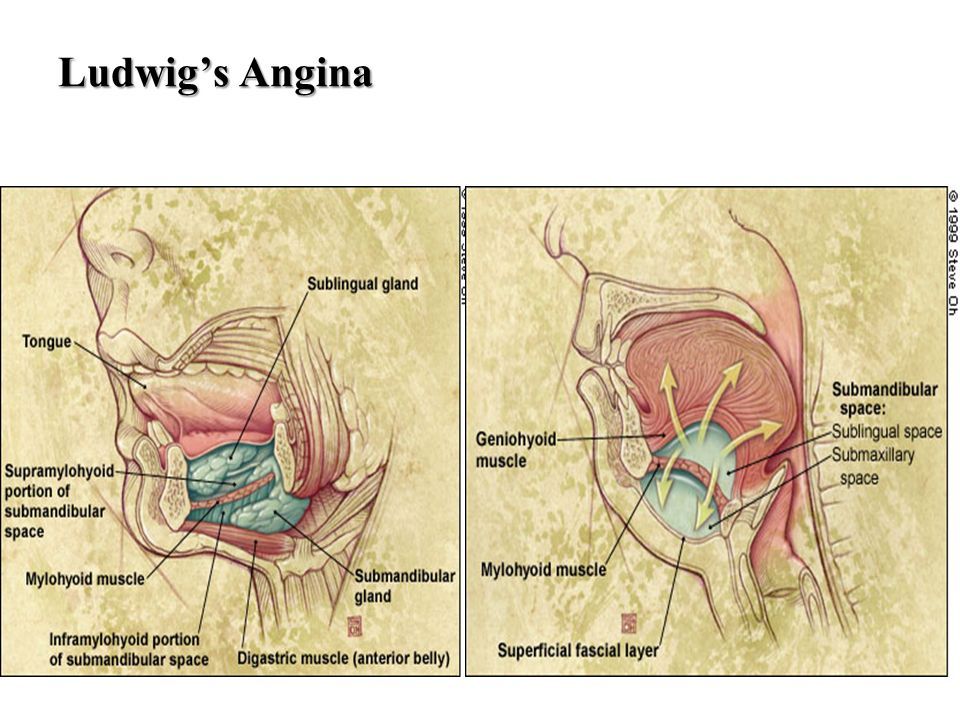Sublingual Space

There is an unavoidable overlap between the conditions discussed in this chapter and in those considering oral cavity pathology since the sublingual space sls is an important component of the floor of the mouth.
Sublingual space. The sublingual space is bounded between the mylohyoid muscle and the geniohyoid and genioglossus muscles. The sublingual space is a fascial space of the head and neck sometimes also termed fascial spaces or tissue spaces. Sublingual administration involves placing a drug under your tongue to dissolve. It is a potential space located below the mouth and above the mylohyoid muscle and is part of the suprahyoid group of fascial spaces.
As the sublingual space is not bounded by fascia posteriorly some authors consider the sublingual space a component of the submandibular space 2. The sublingual space is a fascial space of the head and neck sometimes also termed fascial spaces or tissue spaces. The sublingual space is located below the mouth and above the mylohyoid muscle and is part of the suprahyoid group of fascial spaces. The sublingual space sls is located inferior to intrinsic muscles of the oral tongue lateral to the genioglossus geniohyoid complex and superomedial to the mylohyoid muscle.
Sublingual and buccal medication administration are two different ways of giving medication by mouth. It is a potential space located below the mouth and above the mylohyoid muscle and is part of the suprahyoid group of fascial spaces. More commonly however the sublingual and submandibular spaces are discussed separately 3 5. The submental space is a fascial space of the head and neck sometimes also termed fascial spaces or tissue spaces.
The sublingual space is located on both sides of the tongue superomedial to the mylohyoid muscle and lateral to the midline geniohyoid genioglossus muscle complex 1 2.



















